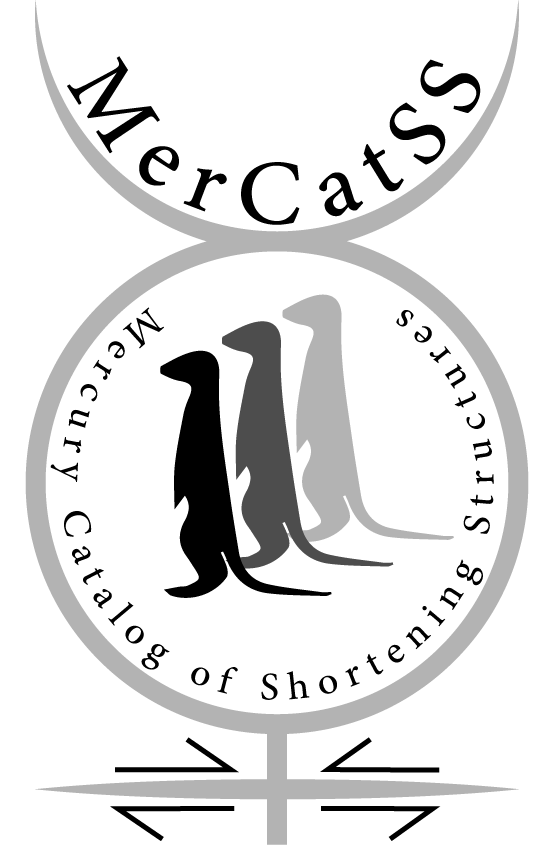An unprecedented record of Mercury's tectonic history
6,878 mapped lobate scarps: The most comprehensive and detailed tectonic map of Mercury, distinguishing between certain and tentative scarps likely originating from compressive tectonism. Mapping scale 1:1,000,000 at constant vertex spacing of 2 km across the entire surface (except Vastitas Borealis, which was already mapped by Crane & Klimczak, 2019).
Geographic parameters: Center line coordinates, geodesic length, end- to endpoint bearing (azimuth), geodesic end- to endpoint distance, lobateness.
Morphometric parameters: Using a novel, global, 222 meters/pixel terrain model (based on Preusker et al., 2017), maximum vertical relief, width at point of max. relief, maximum width, and relief/geodesic length (as proxy for D/L) were measured and derived for each scarp at unprecedented accuracy.
Assigned label parameters: Is the lobate scarp part of a larger scarp cluster (complex)? Is it concentric to a large ancient impact basin (as mapped by Orgel et al. (2020) and amended by us)? Is the scarp (partially) within an impact crater and which morphologic age does that crater have? Was the scarp recognized by Byrne et al. (2014)? Does it seamlessly transition into a high-relief (wrinkle) ridge? Does it trace a potential ghostcrater?
Other features: 702 scarp-bound high-relief ridges (wrinkle ridges); 485 tentative high relief ridges.
Future development: MerCatSS will be complemented with additional parameters such as D/L, where the displacement D is approximated by estimating the angle of faulting based on the maximum back-arc extent of a scarp. Also, suitable crater floors superposed by a lobate scarp will receive apparent model ages based on crater size-frequency distribution measurements, thereby quantifying maximum scarp ages (similar to Banks et al. (2015) but for many more scarps at much higher accuracy). We are also working on a full-length manuscript; after its publication, MerCatSS will leave its beta phase.
Sample area

References
- Bernhardt, H., Clark, J.D., Crane, K.T., Preusker, F., Klimczak, C., Banks, M.E., Williams, D.A., Nelson, D., Watters, T.R., 2025. The Mercury Catalog of Shortening Structures (MerCatSS): Towards the Most Complete and Accurate Tectonic Map of Mercury. Presented at the Lunar and Planetary Science Conference, The Woodlands, Texas.
- Clark, J.D., Bernhardt, H., Preusker, F., Klimczak, C., Banks, M.E., Williams, D.A., Nelson, D., Watters, T.R., 2024. The Mercury Catalog of Shortening Structures (MerCatSS): Constraining the Ages of Shortening Landforms in Mercury's Western Hemisphere. Presented at the Lunar and Planetary Science Conference, The Woodlands, Texas.
- Bernhardt, H., Clark, J.D., Crane, K.T., Preusker, F., Klimczak, C., Banks, M.E., Williams, D.A., Nelson, D., Watters, T.R., 2024. The Mercury Catalog of Shortening Structures (MerCatSS): Progress Report. Presented at the Lunar and Planetary Science Conference, The Woodlands, Texas.
